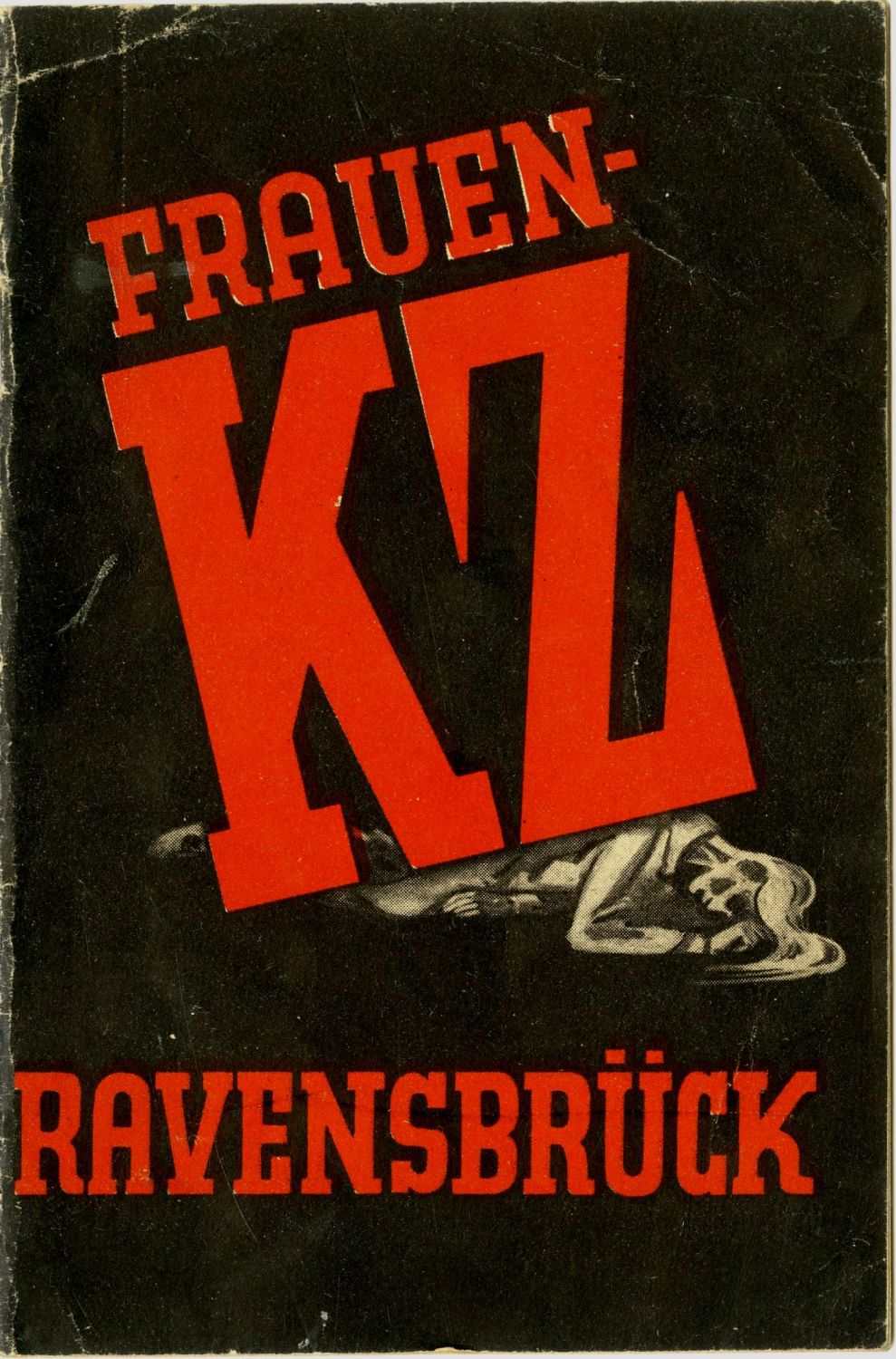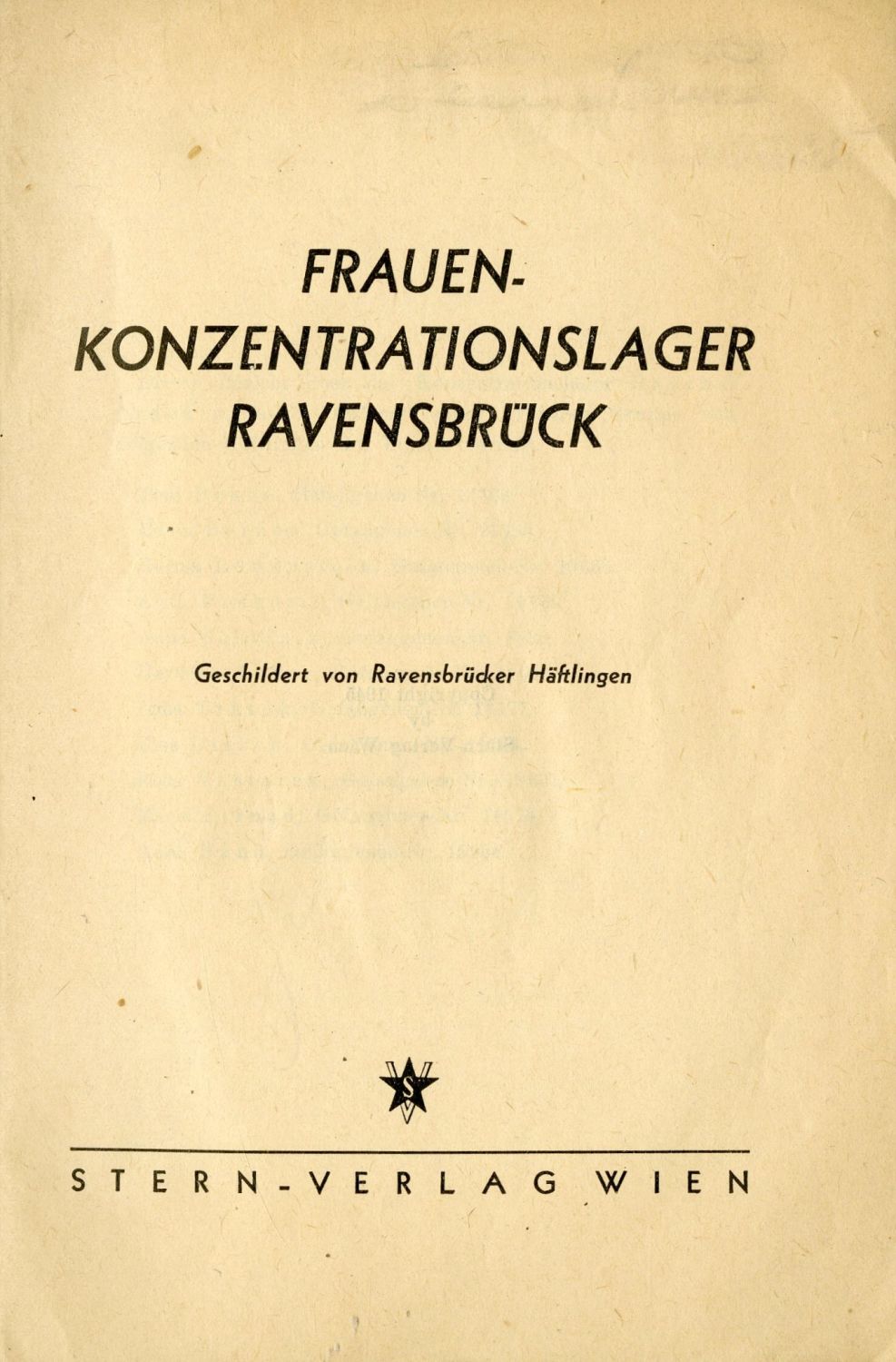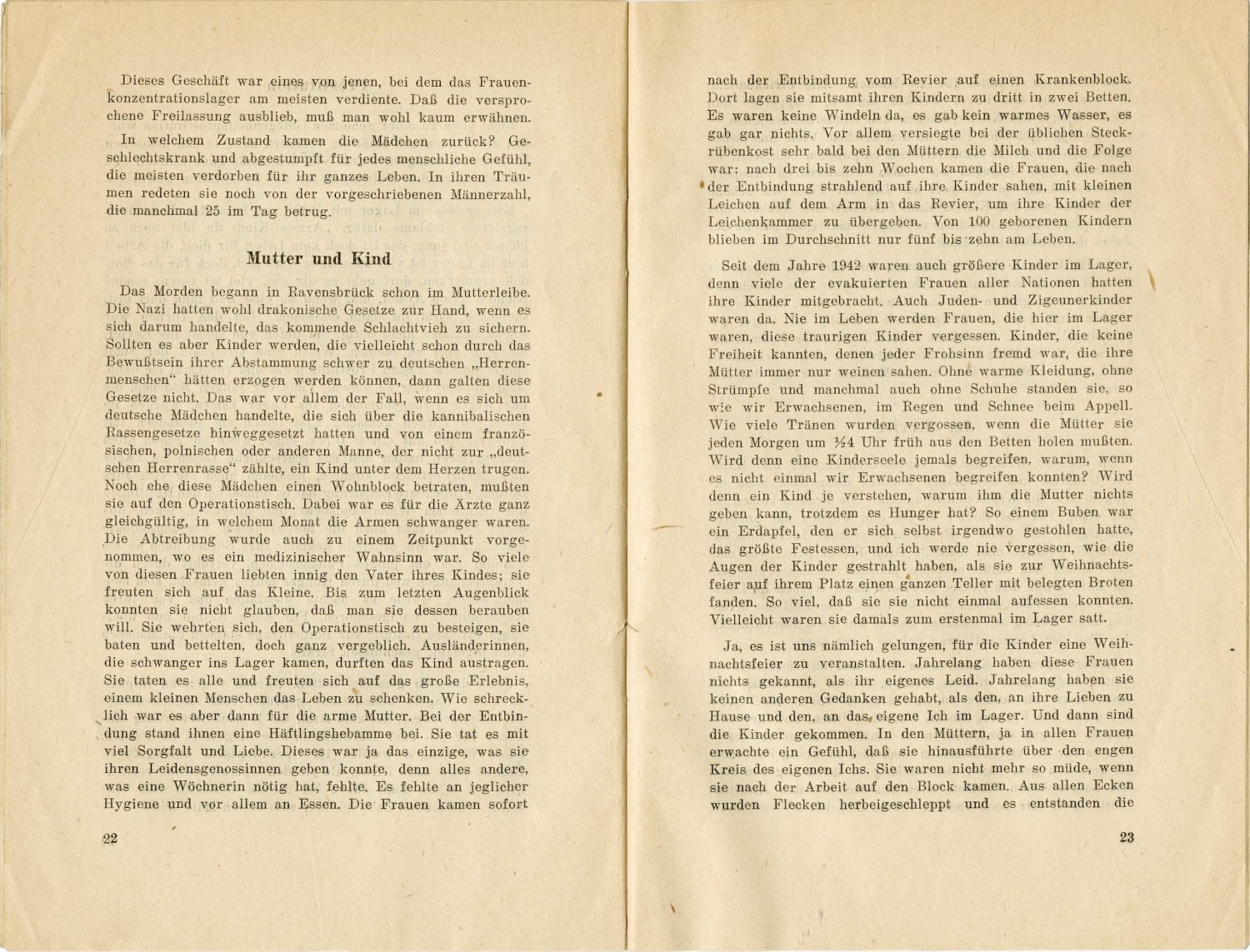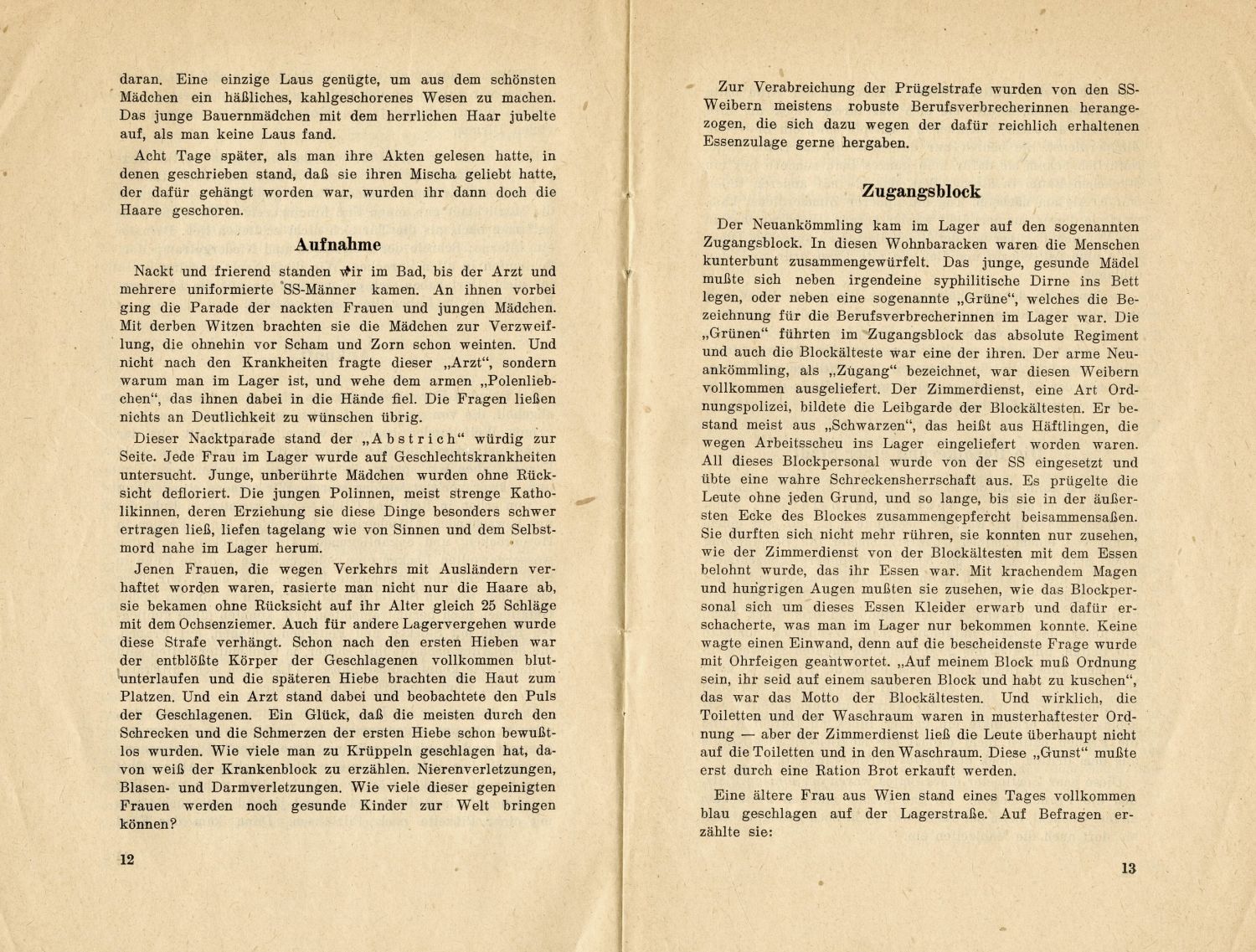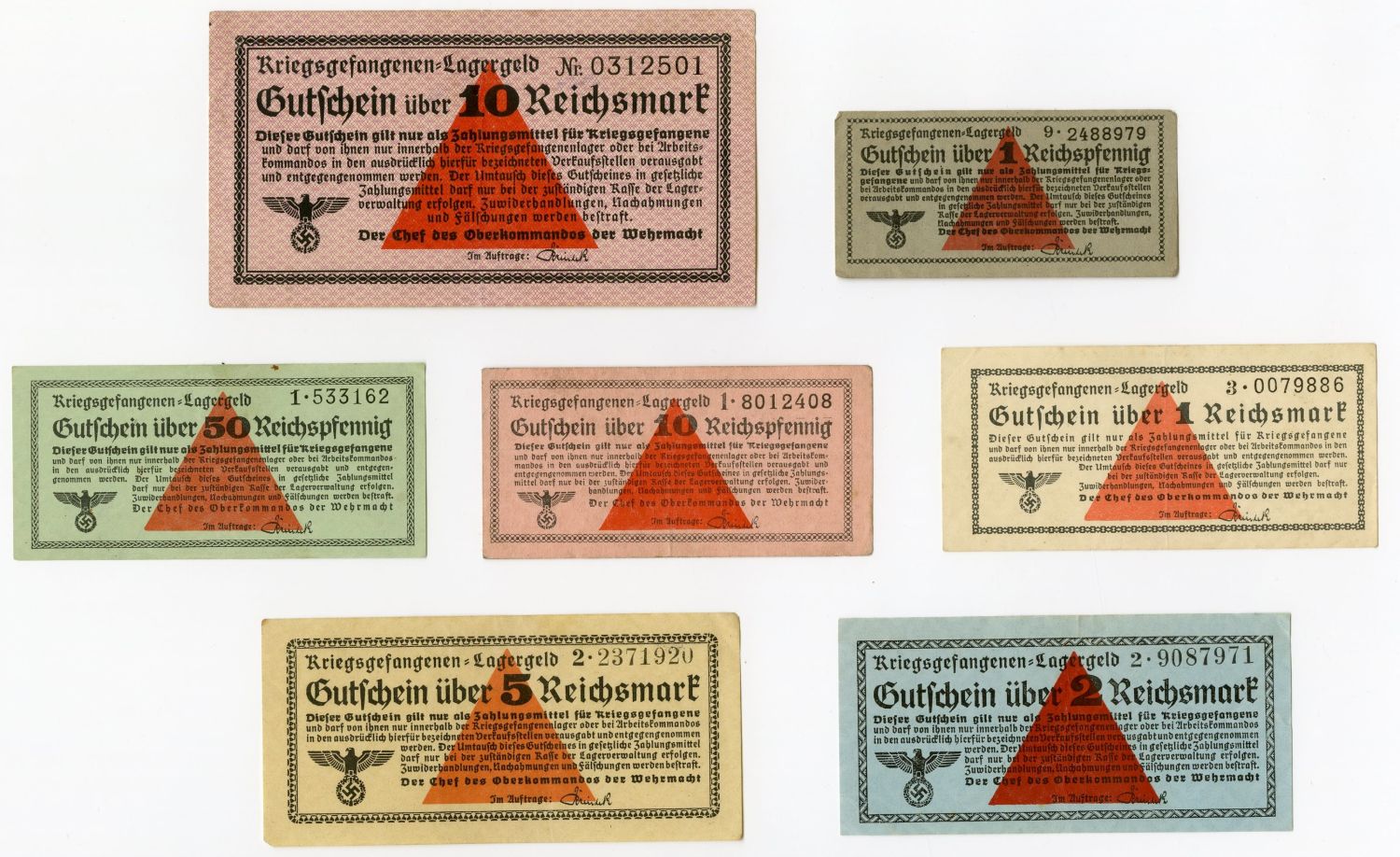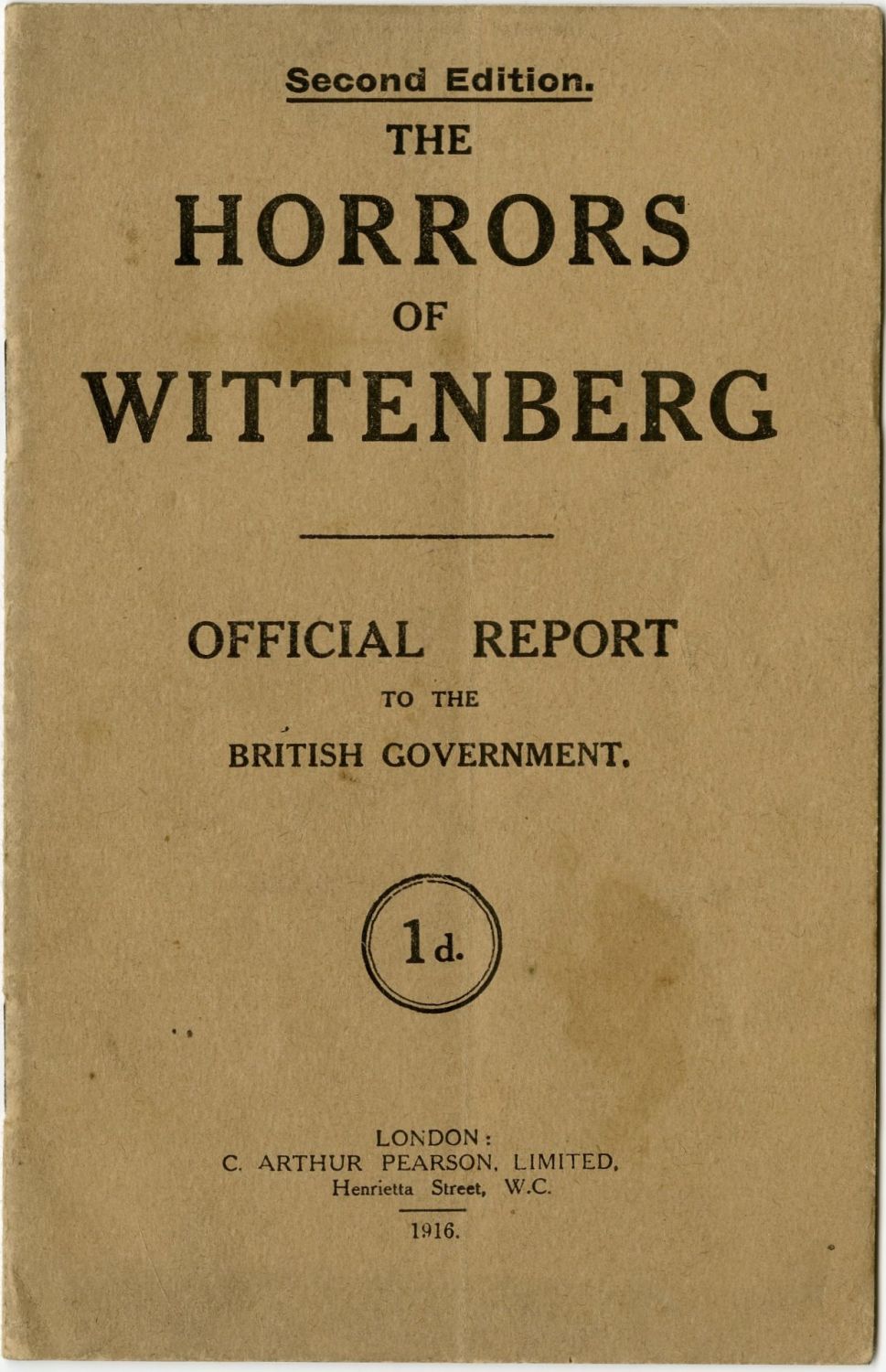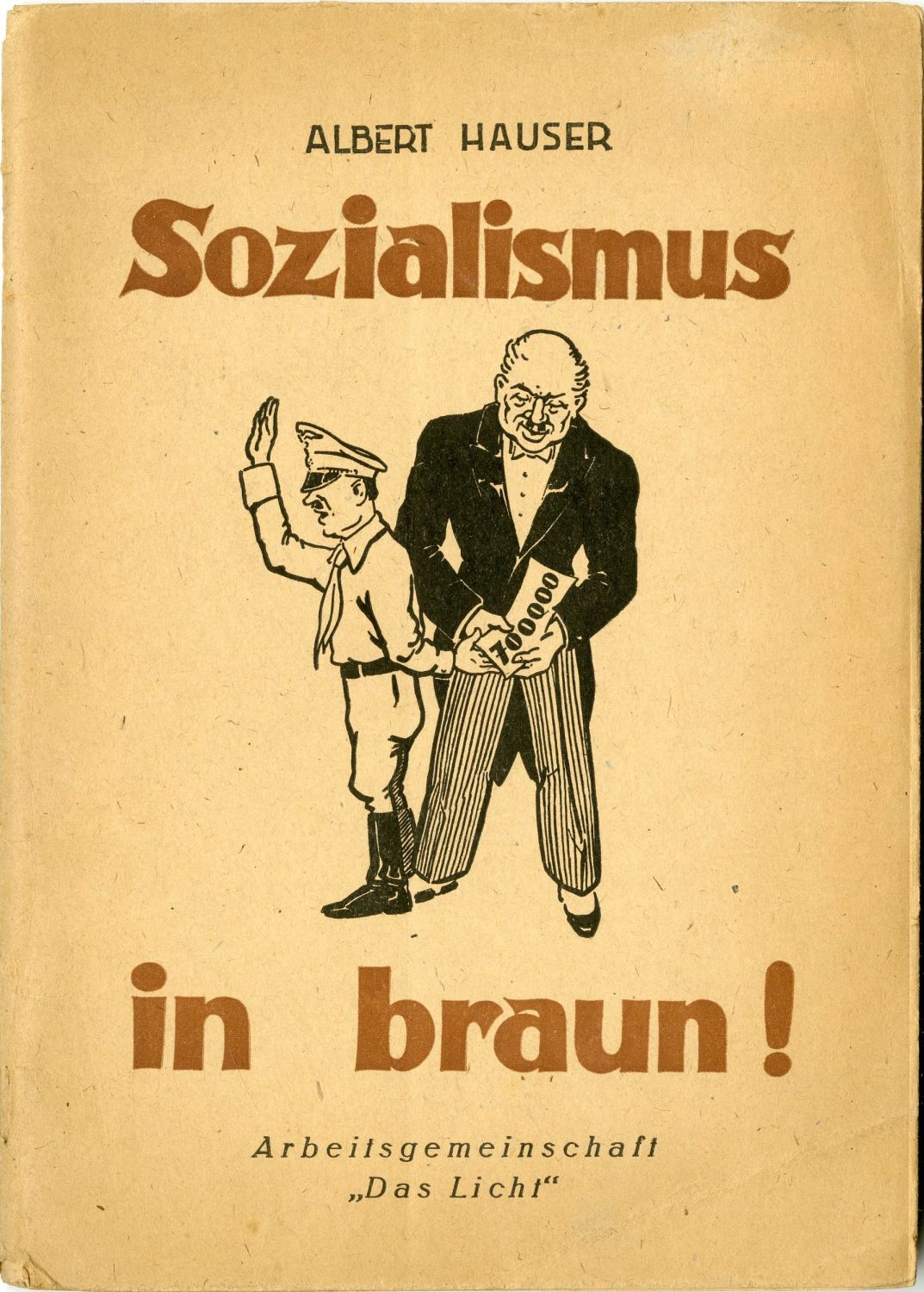Frauen-Konzentrationslager Ravensbrück - Women's Camp Ravensbrück, published by STERN Vienna 1945 - first edition. German. A joint and horrifying testimony about the horrors of the Ravensbrück women's camp, written by eleven Austrian women who were themselves prisoners of the camp, among them: Anna Hand, Maria Brenner, and Anna Spazik - all of whom appear by name at the beginning of the booklet next to their prisoner number. A very early publication that came out shortly after the liberation of the camp, with extremely harsh and detailed descriptions of the atrocities committed by the Nazis in the camp, and the strength of spirit of the women who managed to survive the inferno.
The prisoners open their testimony with a brief explanation of what Ravensbrück is and its location, and address the reader who in those days probably had not heard of the camp: "Did you know that in northern Germany, about 80 km north of Berlin, there was the largest women's camp Ravensbrück... It was hidden in the hollow of a lake and was disguised so good that a passer-by would hardly guess that there is a concentration camp. It was built in such a way that the sound of the screams of the inmates did not reach the outside world. Around the camp was a high wall surrounded by a high voltage electric wire, touching it would cause instant death".
They describe the mosaic of women who arrived at the camp. "These were women like me and you" they write, their and their children's only crime was that they were Jews or Gypsies. Women from Russia, Poland, the Czech Republic, France, Netherlands, Belgium, Austria, and other places came to the camp. "Women whose husbands and sons were murdered by the Gestapo... and there were also many women who came to the camp only because humanity was more important to them than the fear of the Nazis. They gave food to starving prisoners of war or helped a Jew amid the terrible persecution...". The women describe their nightmarish journey to the camp when they were led by the Nazis in a terrible crowded conditions, when every few kilometers they were put in a different prison, the hard separation from their husbands, the severe beatings and the attacks of the dogs they suffered when they arrived at the camp, the removal of their clothes and all their possessions, the shaving of their heads, the humiliating body tests by the SS "Doctors", the severe beatings for no reason, the slaps on the cheek for daring to speak without permission, the terrible overcrowding in the straw beds, the long and humiliating queues for the toilets, the clothes that stank without being able to be washed, the tears in the clothes that could not be changed in the freezing cold, The humiliating morning roll calls that included standing in the freezing cold for two hours at a temperature of 28 degrees below zero, the few months in which the Jewish prisoner turned from a human being to a human skeleton, the exhausting forced labor in the armament factories, the diseases that ran rampant in the camp without being able to treat the sick, and more. In the booklet they tell about women prisoners who underwent severe torture as part of "medical experiments" carried out by the Nazis on their bodies, and on their children which are hard to detail here. Torture that included humiliation and bodily harm by the female camp guards, no less than by the male SS commanders. Most of the women who were taken to the "clinic" did not return.
The ex-prisoners participating in this testimony survived with the last of their strength. They write: "We wouldn't have lasted much longer. The number of deaths increased greatly... We were at the beginning of a typhoid epidemic that spread rapidly... A few more weeks were enough and almost none of us would see home again... The liberation of the camp by the Red Army was our last hour salvation. However, until this hour of rescue, one thing kept us going through all the horror - the faith in a better future, the faith to see our homeland again. That's why we didn't give up the fight for life...", they write: "No one can get a real idea of the meaning of the name "concentration camp" if he hasn't been there himself", and express a wish that such indescribable suffering will never happen again.
The Ravensbrück camp (about 100 km north of Berlin) is the largest concentration camp (which later became an extermination camp) for women that operated in Germany. At the height of its activity, the camp, together with its external camps, housed approximately 46,100 female prisoners. The Jewish female prisoners in the camp were forced to wear a yellow patch. As part of the general trend of enslaving camp inmates for the war economy and the arms industry in particular, the Siemens company established production facilities in the camp starting in June 1942, where the camp inmates were enslaved. Living conditions in the camp were unbearably difficult. Thousands of female prisoners were shot to death, strangled, gassed, buried alive or labored to death. In Ravensbrück, the German doctors performed cruel experiments on the women of the camp from August 1942. The camp claimed the lives of approximately 40,000 victims.
Extremely Rare. Does not appear in the world catalog of libraries world cat.
30 p. 21 cm. Very Good Condition.

